Table of Contents
Backup Power Generators to Data Centers
Server farms are characterized as an office used to house PC frameworks and related segments, for example, broadcast communications (satellite interchanges and telephone frameworks) and capacity frameworks (clinics, workplaces and web suppliers). Server farms can house the accompanying segments:
- Backup power controls
- Redundant information associations and interchanges
- HVAC and Security Controls
Providing continuous power to server farms 100% of the time is basic for activities. Reinforcement backup power generators are utilize to protect the segments have continuous power. This article will investigate:
- Function of reinforcement backup power generators
- EPA directions
- Diesel Service
Capacity of Backup Power Generators
Meanwhile, the capacity of the reinforcement backup power generator is to give power when there is interference of fundamental power. Server farm segments don’t effectively endure power spikes because of changing from an ordinary to crisis power supply. At the point when these parts free power (if just for a small amount of a moment), an aggregate restart is the need. However, this could consider framework downtimes, startup issues and loss of in-process data.
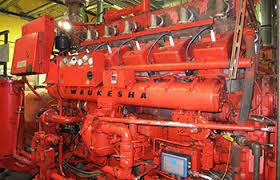
Standby Generators
All server farms work in one of two modes:
- Normal Operation – Operating from provided utilities
- Emergency Operation – Operating from standby generators. Server farms are outfit with repetitive cooling frameworks for crisis tasks
General Information
It is essential to comprehend the segments in the power dissemination framework (Figure 2) in the office the datacenter is in. The principle segments in the power dissemination are:
- Emergency Generator – Supplies power when utility power isn’t accessible
- Utility Power – Main power hotspot for office
- Automatic Transfer Switch – Routes utility or crisis generator power to switch equip
- Switch Gear – Routes utility or crisis generator power all through
- Uninterrupted Power Supply – Consists of battery bank, charger and inverter
Typical System Operation
Utility Power is direct through the program move switch and into the switchgear. Switchgear’s design basic and non-basic supplies. Basic supplies are segments, (for example, server farms, security focuses and UPS) that can’t have power intruded. However, the UPS charger is there to keep batteries charged. Non-Critical segments, (for example, HVAC and Work stations) are don’t have a repetitive association with the UPS Inverter.

Crisis Operation
Therefore, at the point when utility power is lost in the office the accompanying chain of occasions happen:
- UPS supplies power to security and server farm.
- Crisis backup power generator begins and programmed exchange change exchanges to crisis power.
- Switch adapt courses power to Critical and Non-Critical burdens.
- UPS exchanges to typical activity and Data focus and security are powered by crisis backup power generator.
- At the point when ordinary power is continued, the programmed exchange change courses power to utility and basic and non-basic burdens are powered.
Therefore, Server farm and security see no power interference and keep on operating regularly through power misfortune. Also, segments, for example, HVAC and work stations may should be reset to recover typical activity. However, frequently work stations contain individual UPS reinforcement to keep PCs powered for a short sum time.
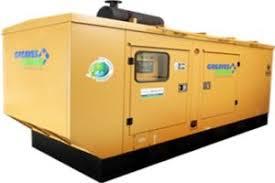
EPA Regulations for Emergency Generators
Also, the fumes of a diesel engine contain by items from burning. Therefore, for ecological well-being, the underneath emissions observe:
- Nitrogen Oxide (NOx) – Occurs naturally because of bacterial process, organic development, rot, lightning, backwoods flames and consuming of non-renewable energy sources. Lackluster non-poisonous gas (alluded to as snickering gas).
- Hydrocarbons (HC) – Organic concoction aggravates that comprise totally of carbon and hydrogen. They run from basic atoms, for example, methane to polymers, for example, polystyrene.
- Carbon Monoxide (CO) – Colorless, scentless, harmful gas delivered from inadequate consumption of petroleum products.
- Particulate Matter (PM) – The total of all strong and fluid particles suspended noticeable all around.
Therefore, while choosing a generator set, an essential thought is an application for the accompanying reasons:
- Emergency Generator Applications – Do not need to keep up any emissions necessities for the beneath occurrences:
- Boundless OPERATION FOR EMERGENCY POWER SUPPLY
- NON-EMERGENCY OPERATION OF UP TO 100 HOURS
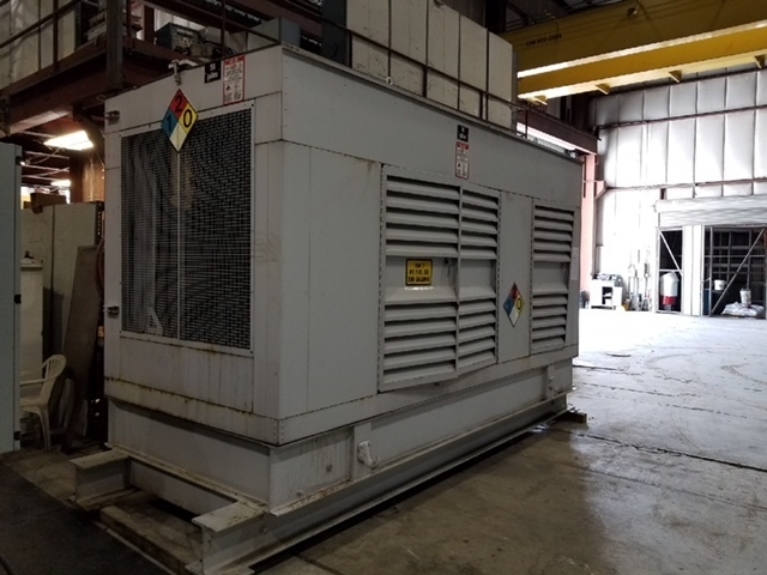
![Commercial Generators Buying Guide 2024 [By Generator Specialist]](https://www.midamericaengine.com/wp-content/uploads/2016/07/Another-Commercial-Power-Project-Completed-500x383.jpg)
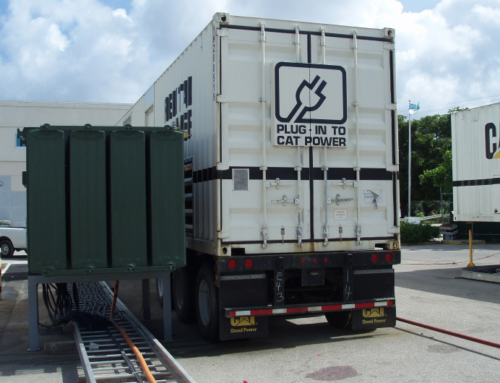
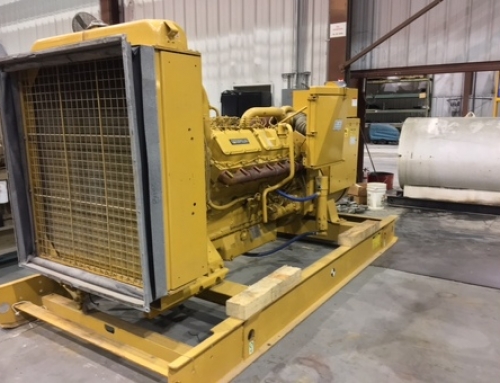
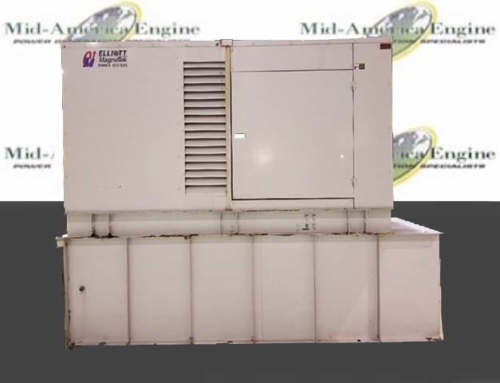




![Commercial Generators Buying Guide 2024 [By Generator Specialist] 12 Commercial Generator](https://www.midamericaengine.com/wp-content/uploads/2016/07/Another-Commercial-Power-Project-Completed-66x66.jpg)
![Natural Gas Generators Buying Guide 2024 [By Generator Specialist] 13 natural gas generators](https://www.midamericaengine.com/wp-content/uploads/2018/09/IMG_8223.JPG-66x66.jpeg)

Leave A Comment